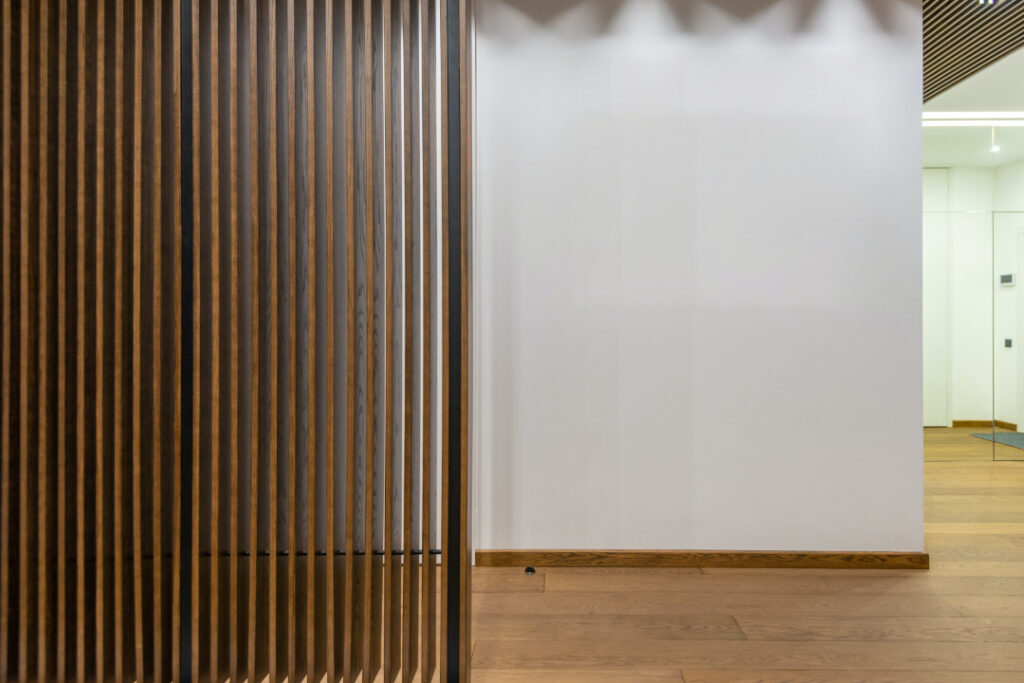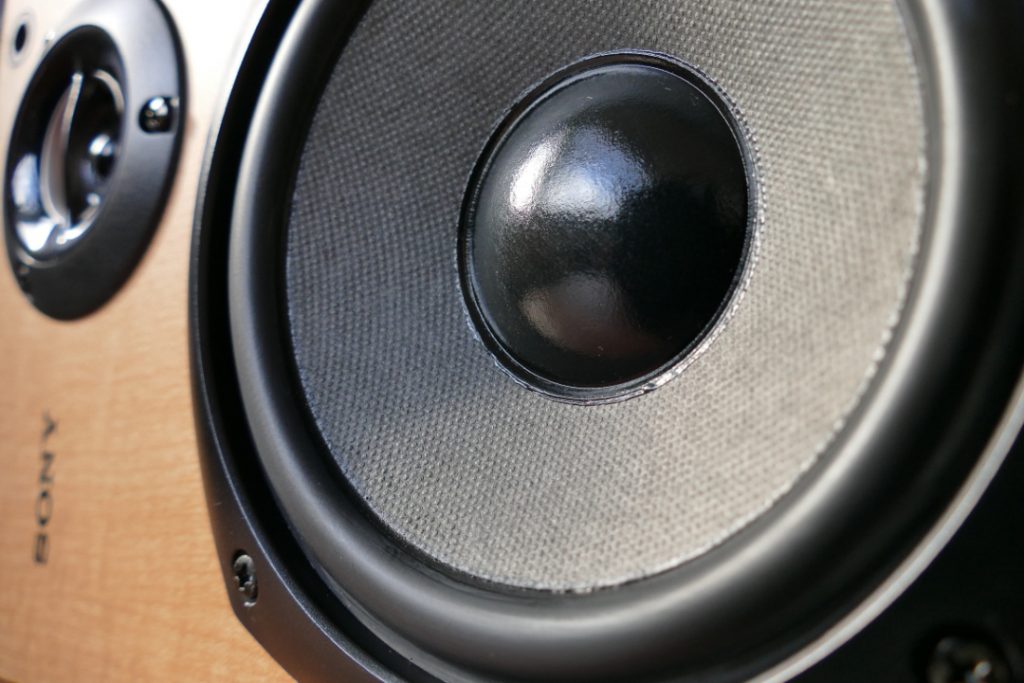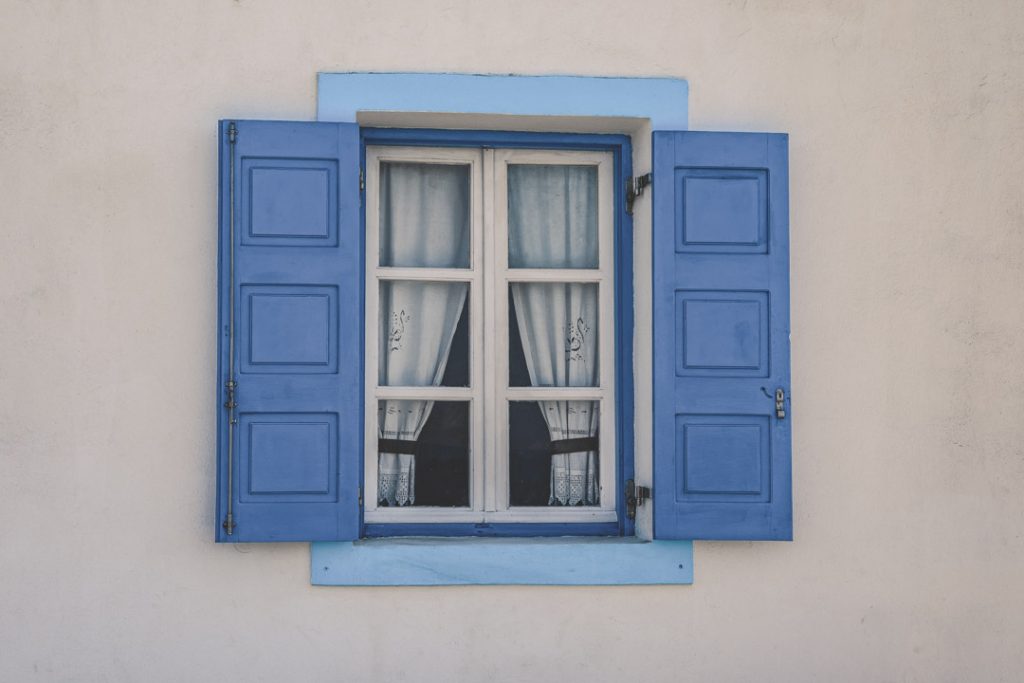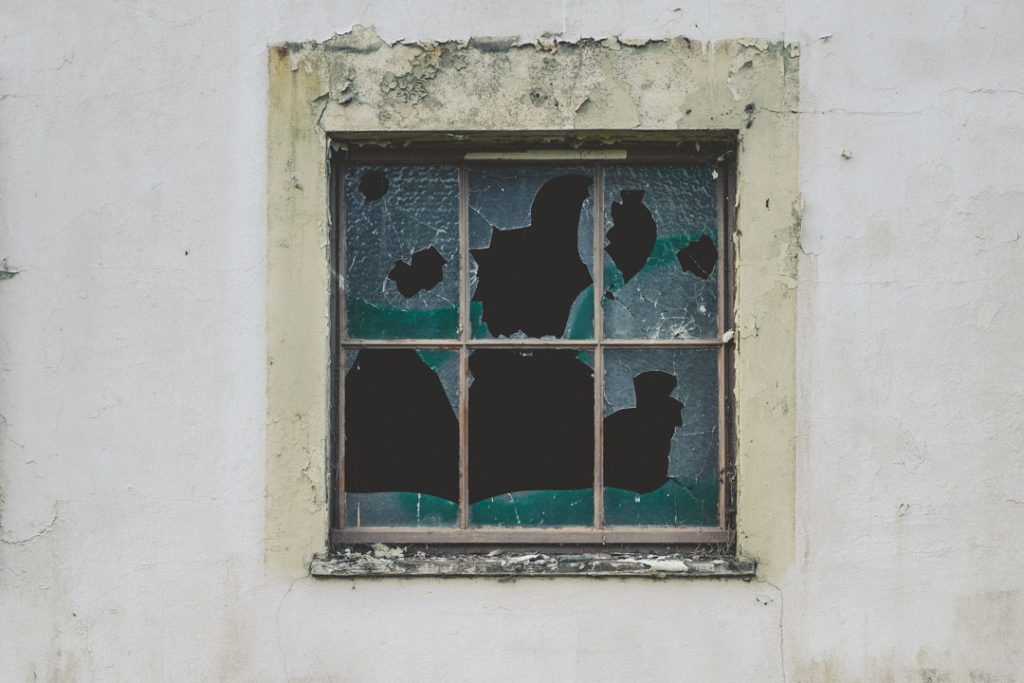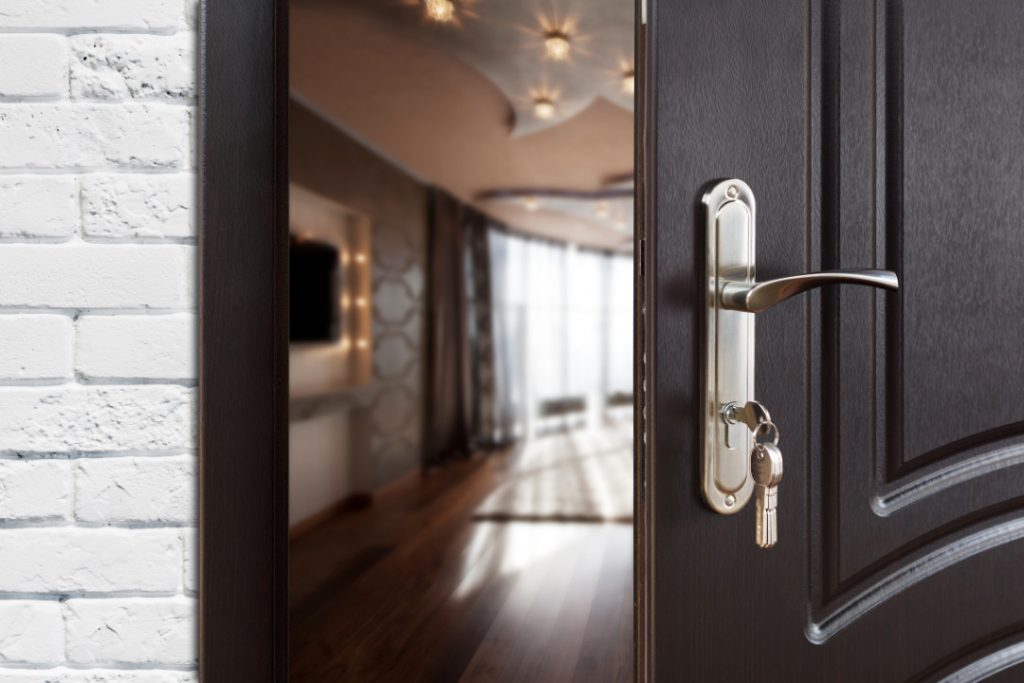How To Soundproof A Flex Wall? Flex walls are an excellent temporary wall construction that is perfect for segmenting larger rooms in your home. But their biggest drawback is that they don’t do a very good job of muffling sound.
Flex walls are pressurized walls frequently made of a single sheet of drywall, which isn’t the most soundproof material in the world as we all know. However, soundproofing a flexible wall needn’t be a difficult task
How To Soundproof A Flex Wall
When it comes to making a place a little bit more habitable, there are many different ways to divide up space in a home. Nothing should be disregarded. Flex walls are one solution that many people are using to divide up enormous spaces.
This is a rather quick and simple approach to altering the appearance of a home without putting in a lot of work, as opposed to making any long-term improvements.
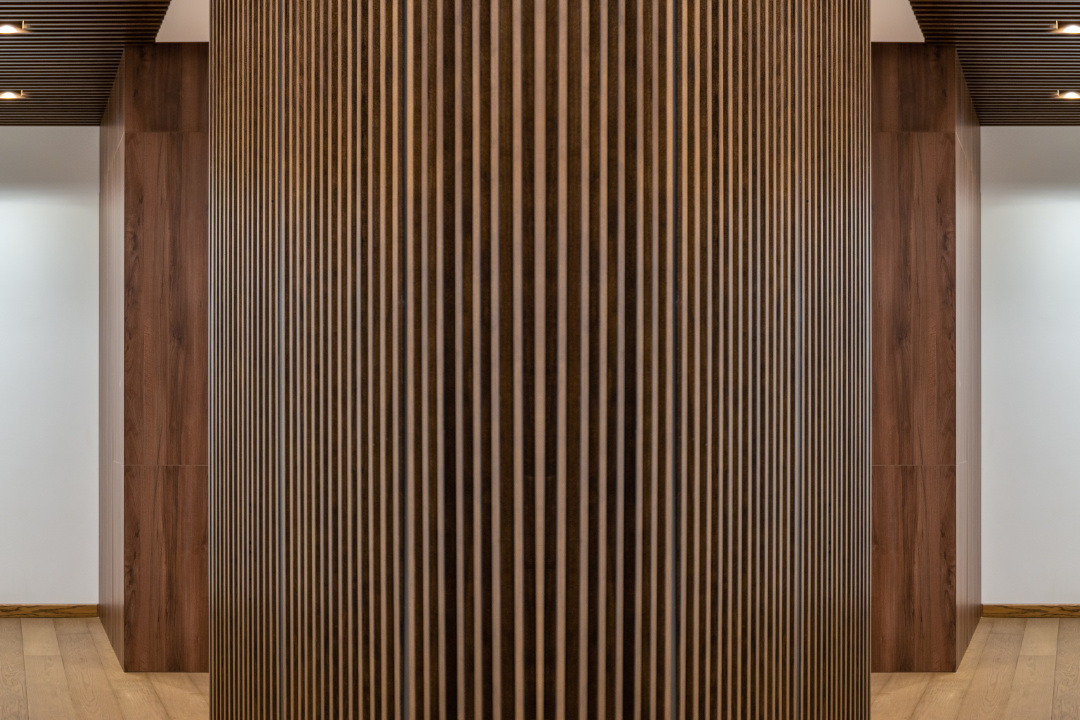
When designing this new space, the disadvantage always seems to be about actual isolation despite the convenience and transient atmosphere. It is challenging to entirely silence the room because it differs from a typical room in many ways.
The good news is that soundproofing materials are now very accessible, and a little effort can go a long way to improving the situation.
Flex walls can be easily soundproofed, and although the effects might not be the same as those of a normal wall, they will still be quieter.
Below, we examine the two approaches that soundproof a flex wall the best. There are certain add-ons to take into consideration for additional noise reduction, and installation outcomes are achievable.
Mass Loading Drywall
The best solution for individuals who need to soundproof a flex wall is undoubtedly mass-loaded vinyl. This very dense vinyl sheeting has a decent amount of weight and is very dense. Some will contribute by adding only one layer, while others will add as many as they can.
Keep in mind that mass-loaded vinyl is also utilized rather regularly in other forms of construction. Do not discard any surplus pieces because they can be cut and shaped to fit any position.
Use mass-loaded vinyl to soundproof your flex wall by doing the following actions:
- Work out your area and mark the area you want to cover with the mass-loaded vinyl. This is crucial so that you can calculate how much vinyl to use. Cover the flex wall on both sides for the best effects.
- Order adequate mass-loaded vinyl once you are familiar with the location. Since the material weighs about 1 lb per square foot, dealing with a large sheet of it might be challenging. Because of this, it will be easiest to accomplish this in strips.
- The mass-loaded vinyl can simply be tacked to the wall, but it will work best if it is directly nailed to the support joists. If no joists are available, however, nail it to the drywall but add more nails.
- Stick down the vinyl’s edges and fill up any gaps with green glue after attaching it to the wall. Apply lots of Green Glue to the drywall before attaching the vinyl if you want to go all-out with your soundproofing.
- You will now have a second sound-absorbing barrier. Paint the vinyl after the glue has dried and everything has been secured in place. Typically, it’s black, which isn’t the most appealing hue for a room.
- To achieve the desired finish, either uses a primer or plan on applying numerous coats of paint.
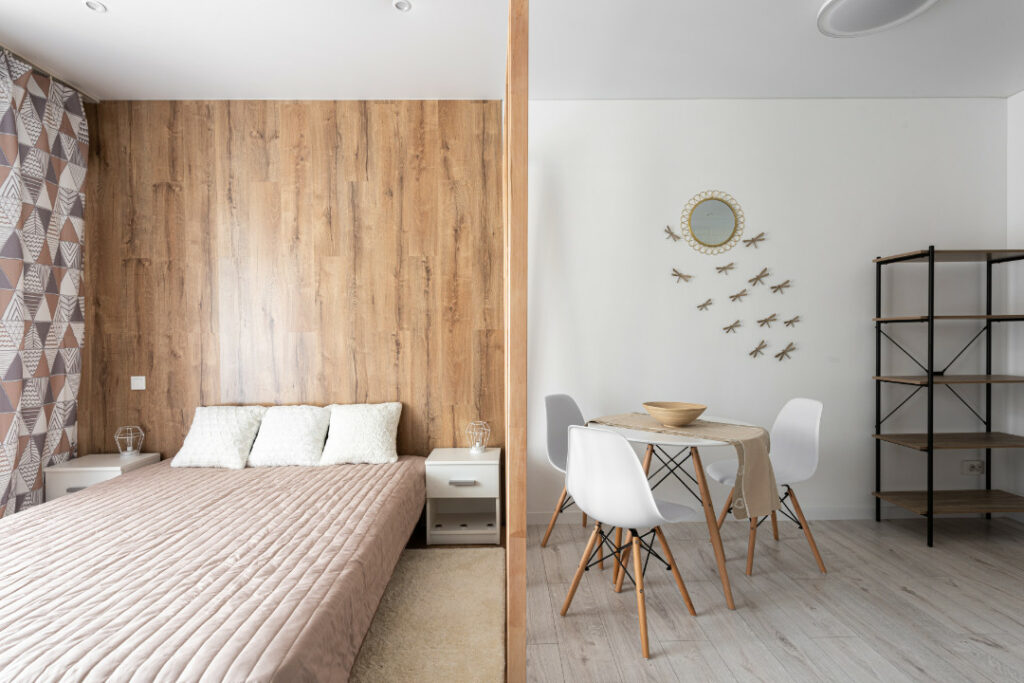
Tips On Using Mass Loaded Vinyl
- Vinyl that has been bulk loaded is entirely non-toxic, despite what some people may argue. This makes it one of the most useful goods to use and makes it safe to use around kids and pets.
- When the mass-loaded vinyl is first unrolled, it may have a slight fragrance, however, this is just due to the synthetic ingredients. Allow it to air out before hanging anything up and definitely before painting if the smell bothers you.
- Vinyl that has been heavily loaded is the most effective at reducing airborne noise, but it can also help with impact noise if that is an issue.
This will require a little more technical know-how and handiwork. Similar to the bulk-loaded vinyl, it is a more permanent wall solution and will require more room.
Use more drywall to soundproof your flex wall by doing the following:
- Examine the present drywall first. Before installing the new wall, use Green Glue to fill in any holes or cracks.
- Next, take measurements for your drywall so that they match those of your flex wall. Measure and cut as necessary.
- You have the choice to decouple the wall if your flex wall has any support joists. This entails inserting hangers with all separate from one another. If the wall is merely drywall, you won’t be able to do this, though.
- Put up the drywall and screw it to the existing wall in either case. Spreading Green Glue on the interior surface can help with bonding and sound absorption.
- The last step in wall preparation is to fill any screw holes with a high-quality drywall filler. You can paint it the chosen color once everything is prepared and dry.
Useful Advice For Drywall
- Combining the addition of drywall with sound-absorbing or decoupling techniques greatly increases its effectiveness. Considering that these are simpler to complete on walls with cavities, bulk-loaded vinyl can be your ideal choice.
- However, as drywall is more widely available, it will undoubtedly be the less expensive choice.
- In a similar vein, it’s a less visible way to enhance sound absorption in a rental property.
- Adding dense insulation foam to the drywall could increase its soundproofing properties, but this will take up even more space.

